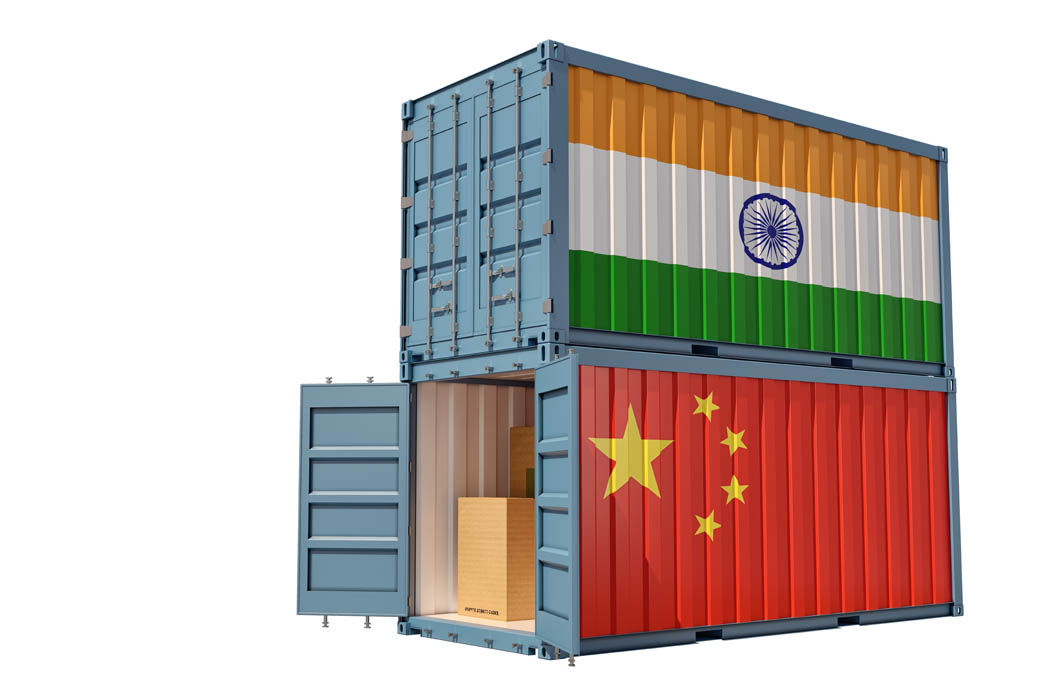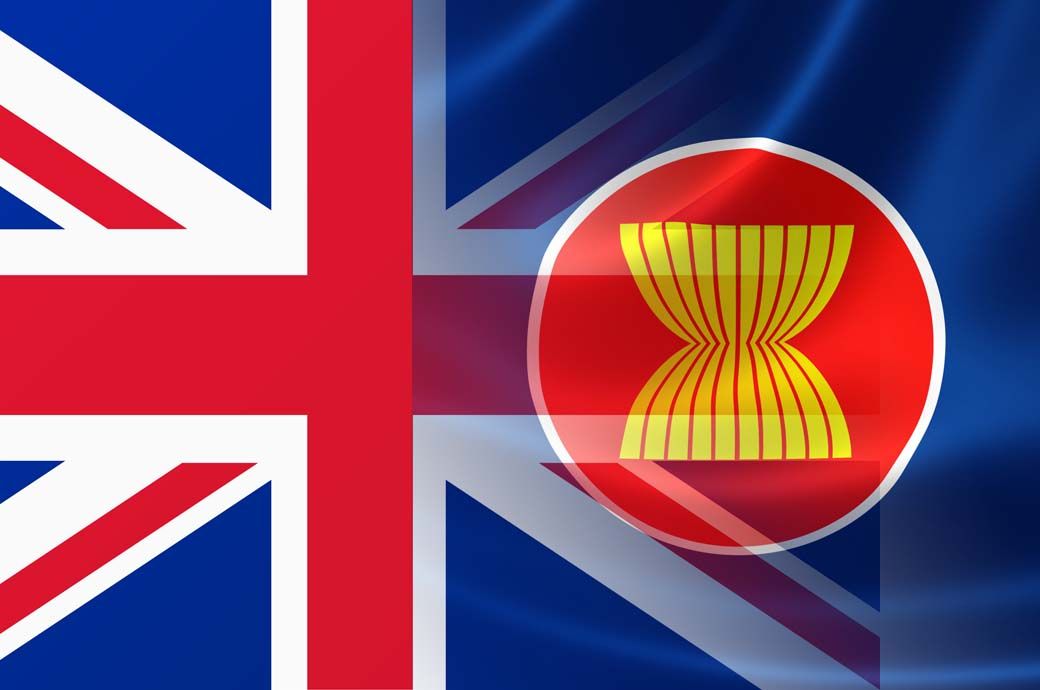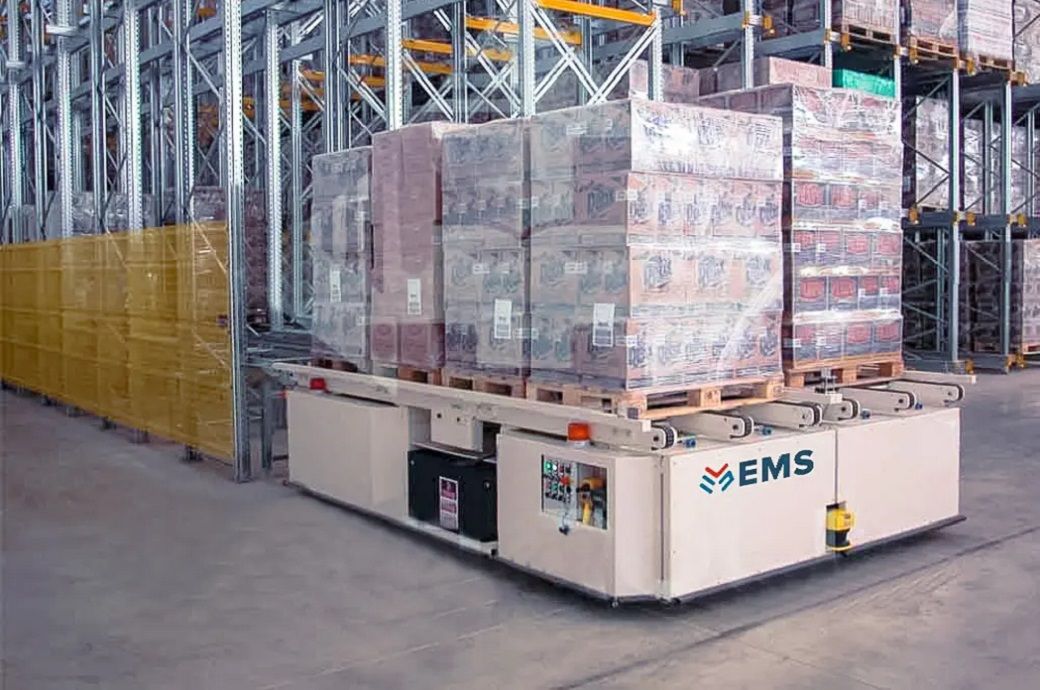Global fashion infrastructure company PDS Limited has acquired a 51 per cent stake in Delhi-based end-to-end design solutions company DBS Lifestyle (DBS). Through this international acquisition, DBS will serve its clients in the US and Europe directly. The partnership will also springboard DBS’s seeded initiatives on design-led sourcing penetration across categories and launch consumer-facing relevant D2C brands.
As part of this transaction, PDS will invest INR21 crore ($2.6 million) in the new entity Pangram Brands Private Limited (Pangram Brands), according to a press release by PDS. The majority of the proceeds will be used for funding the growth plans of the company and to acquire the existing businesses of DBS. DBS currently has a strong order book and is aspiring to significantly fast pace its growth. The business of the DBS group will be consolidated under Pangram Brands, which will be renamed DBS Lifestyle (India) Private Limited. Investec India and Maple Capital Advisors acted as financial advisors for PDS and DBS respectively.
The transaction creates a win-win for both organisations. On one hand, DBS gains the patronage of the PDS platform for furthering its growth aspirations, on the other hand, PDS gains further access to leading retailers and brands enabling it to further penetrate the fashion and home categories in the Indian market.
DBS Lifestyle LLP, founded by Divya Suri and Bhawnish Suri, is a design-led company catering to fashion and home categories. DBS owns over 20,000 original textile designs and patterns and adds nearly 2,500 artworks and samples to its library every month. Their trend and design studio plus sourcing business verticals collectively offer end-to-end solutions from design, product development, and manufacturing to warehouse delivery. It also creates private brands for leading online and offline retailers, including RIVER – a multi-designer brand for Amazon Fashion. DBS serves over 200 fashion and 150+ home clients globally along with leading brands, retailers, and key e-commerce players in India. DBS owns the Italian studio Giacomo Barzaghi, one of the oldest and most reputed textile design studios based in Como, Italy – established in 1978.
Bhawnish Suri, managing director, is a fashion design graduate from Parsons School of Design, New York, with 20+ years of industry experience working with companies like Polo Ralph Lauren and United Retail Inc in the US. Divya Suri, joint managing director, has a degree in fashion merchandising from the Fashion Institute of Technology, New York, started her career with Macy’s, and later worked with global retailers before joining forces with Bhawnish and starting the company’s textile studio.
“We are thrilled to associate with Bhawnish and Divya who bring with them distinct design-led capabilities. While DBS has already carved a niche for itself in both the domestic and international markets, we believe under the aegis of the PDS platform, DBS is poised to catapult into the next league,” PDS vice-chairman Pallak Seth said in the release.
“India has been gaining tremendous traction in the global fashion space, both from a supply and demand standpoint. With this transaction, PDS augments its capabilities in India and further builds our design capabilities for servicing global customers. With DBS’s experience and insights into evolving fashion trends, our partnership will provide customers with quality products, exceptional design, and great value across fashion and home categories,” added PDS Group CEO Sanjay Jain.
“Divya and I founded DBS with an aim of creating a one-of-a-kind turnkey company offering customised design solutions. In our first phase, we have created a sturdy foundation for DBS, and this partnership will spur our next phase of growth,” said DBS founder Bhawnish Suri regarding the transaction.
Fibre2Fashion News Desk (NB)
PDS Limited has now gained a majority share in the design solutions company DBS Lifestyle (DBS). This acquisition will allow DBS to serve its clients in the US and Europe directly. The partnership will help DBS’s initiatives on design-led sourcing to reach more categories and consumers, and launch new brands that are relevant to consumers.


 World News2 years ago
World News2 years ago
 World News2 years ago
World News2 years ago
 World News2 years ago
World News2 years ago
 World News2 years ago
World News2 years ago
 World News2 years ago
World News2 years ago













